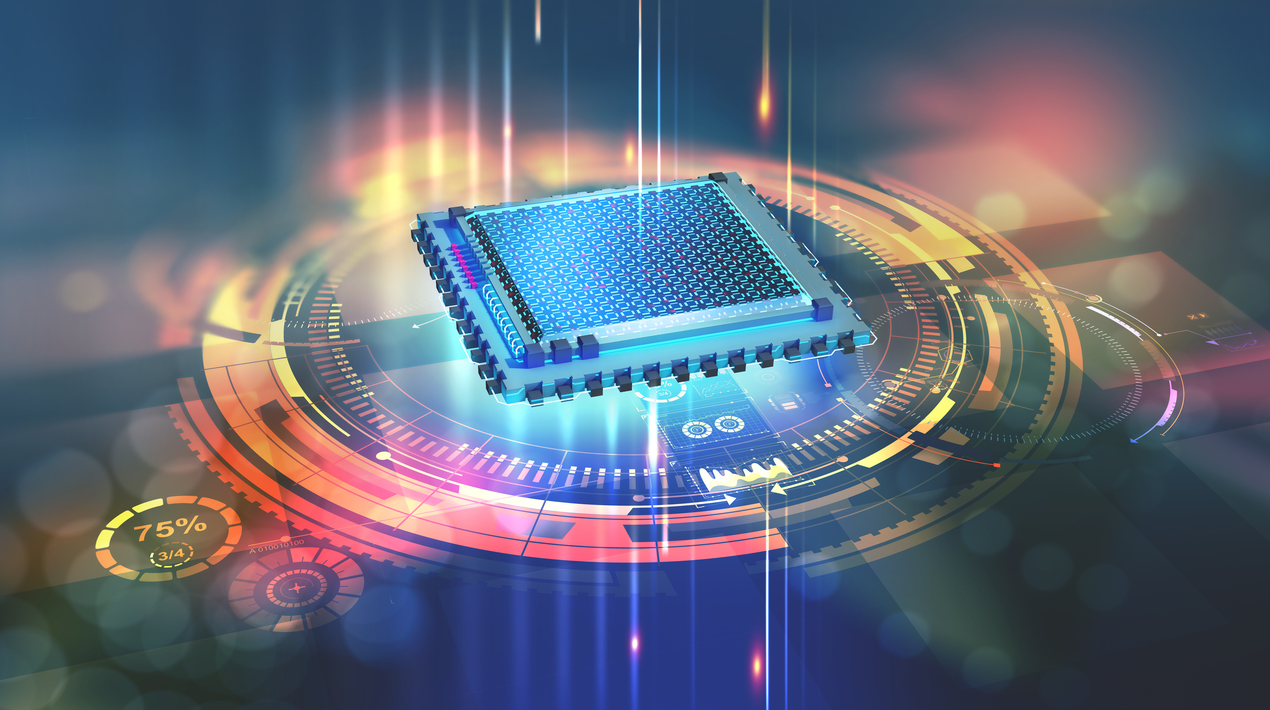
Nanyang Technological University’s (NTU) Quantum Science and Engineering Centre has developed microchips smaller than fingernails which can predict stock performance, encrypt data and model networks like COVID-19 clusters. The centre aims to develop devices and technologies powered by quantum science – the study of how particles behave at the atomic level.
The centre, the first of its kind in Singapore, will conduct research on developing and producing quantum chips using semiconductor fabrication technologies. These chips form the backbone of quantum devices such as quantum chip processors, networks, and sensors. They hold important applications in many areas such as quantum computing, communication, cryptography, cybersecurity, and sensor technology.
The Centre aims to train skilled manpower for quantum engineering, the application of quantum science to real-world scenarios, and to promote and develop Singapore’s quantum industry. It will collaborate with the Centre for Quantum Technologies (CQT), a Research Centre of Excellence established in 2007, on quantum technology research and engineering application, and look to establishing an international platform to collaborate with other overseas partners.
Quantum science, technologies, and engineering have drawn huge investments worldwide. Singapore is a long-standing investor in its potential and remains at the forefront of this field. In 2018, the National Research Foundation started a quantum engineering programme with the goal of establishing a competitive quantum engineering research community and industry ecosystem to translate the technology into real-world applications.
The Quantum Science and Engineering Centre (QSec) aims to conduct ground-breaking research in several areas: quantum key distribution chips, quantum computation, quantum and classical neural network, cluster state computation and quantum sensing. NTU’s focus in these areas is part of our strategy to be a key enabler in the development of quantum science technologies to support Singapore’s efforts in quantum engineering for the benefit of industry and society.”
– NTU President Professor Subra Suresh
One of QSec’s main research projects is the development of a quantum computing chip that can perform quantum calculations using an integrated photonic chip, which can be made with semiconductor materials such as silicon wafers.
Such quantum processor chips hold the promise of solving complex calculations that are impossible for classical computers. Classical computers rely on binary bits as their building blocks, as all computational information can be reduced to either ones or zeros. Instead of using such bits, quantum processors use quantum bits, or qubits, which can exist in quantum states such that they represent both one and zero at the same time. This allows qubits to encode far more information than binary bits.
QSec researchers are exploring how photonics engineering – the science of applying, using, and manipulating light – can be used in a quantum context. While classical computers use electricity to flip the binary switches between their one and zero states, quantum chips, however, can use single particles of light (photons) to represent qubits.
By using lasers and beam splitters within a chip circuit, researchers can manipulate individual photons as qubits. This method, called boson sampling, uses light to perform quantum calculations which can far exceed the performance of supercomputers. Creating such a quantum photonic chip that can do this will open the possibility of bringing quantum computers into mainstream, real-world use. These quantum computers will be able to rapidly solve calculations and tackle problems in diverse fields such as financial modelling, transport optimisation, and artificial intelligence and machine learning.
As reported by OpenGov Asia, NTU Singapore has also developed a technology, called Dynamis, that makes industrial robots nimbler and almost as sensitive as human hands, able to manipulate tiny glass lenses, electronics components, or engines gears that are just millimetres in size without damaging them. The breakthrough was first published in the top scientific journal Science and went viral on the internet when it could match the dexterity of human hands in assembling furniture.
















